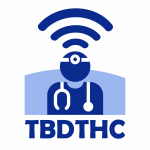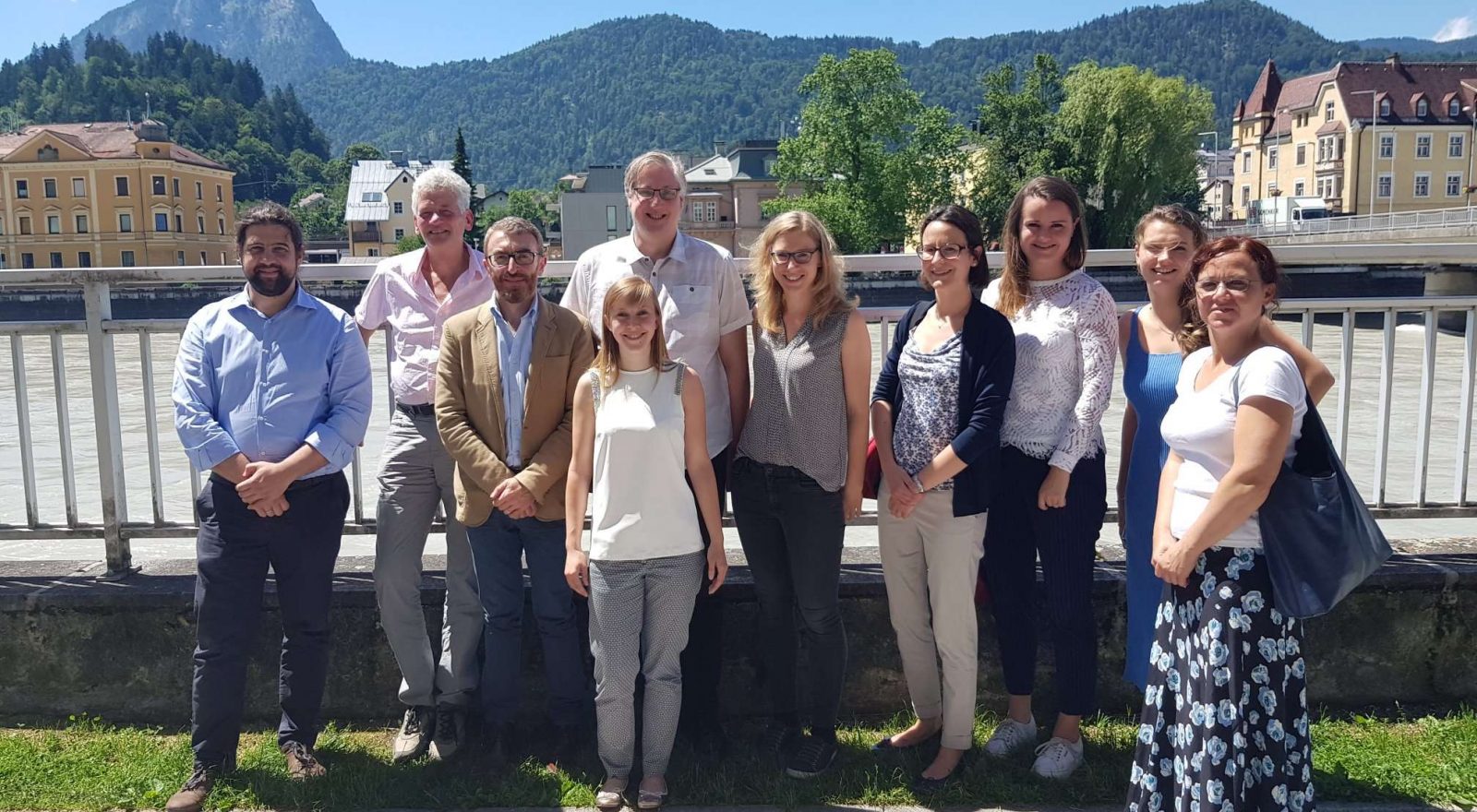The second meeting of the project aimed at training health professionals was held in Austria
Rendezvous in Kufstein for the partners of the European research project called TBDTHC - Training Blueprint for Digital Transformation in Health and Care

The consortium partners, coordinated by FBK within TrentinoSalute 4.0, met in Austria on June 24, 2018, for the second transnational meeting of the TBDTHC project.
Hosted by the University of Applied Sciences in Kufstein (Fachhofschule), the meeting allowed participants to discuss the final stages of the first Intellectual output, which analyzes cases of successful adoption of digital technologies in healthcare (Digital Health Technology Trends & Implications for health professionals). In order to make the results more usable, the consortium decided to implement changes to the draft document, the content of which will be published on the project website in the coming weeks.
The participants discussed the launch of a “Report on Digital & Soft Skills of tomorrow’s health professionals” which will be completed at the end of 2019. In the document, numerous ideas on the work set-up were collected, which will be developed through interviews with health professionals belonging to different categories (both doctors, active training personnel, and health technology providers). The two Outputs (1 and 2) will serve the purpose of identifying the digital and soft skills necessary for health professionals to better exploit digital technologies, and therefore define the appropriate training initiatives.
 The TBDTHC project, funded under the EU Erasmus + program, started on November 30, 2018, and will end in July 2021, and involves Fondazione Bruno Kessler as coordinator, the Health and Social Solidarity Department of the Autonomous Province of Trento (PAT), the University of Nottingham, the University of Applied Sciences Fachhof Kufstein (Austria), the Technische Universität Dresden – TUD (Germany), the CoGeS (Cooperative Don Milani of Venice) and the Stichting Smart Homes, consultancy agency of Netherlands.
The TBDTHC project, funded under the EU Erasmus + program, started on November 30, 2018, and will end in July 2021, and involves Fondazione Bruno Kessler as coordinator, the Health and Social Solidarity Department of the Autonomous Province of Trento (PAT), the University of Nottingham, the University of Applied Sciences Fachhof Kufstein (Austria), the Technische Universität Dresden – TUD (Germany), the CoGeS (Cooperative Don Milani of Venice) and the Stichting Smart Homes, consultancy agency of Netherlands.

